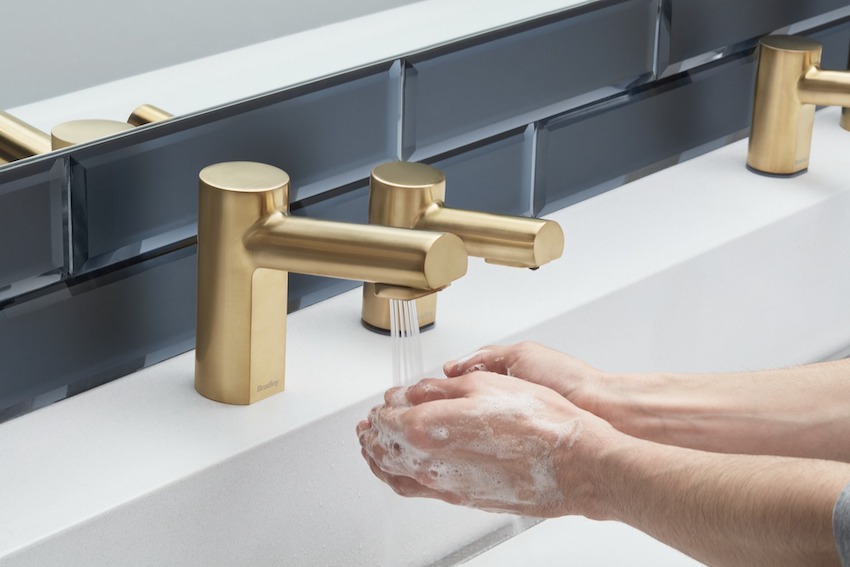Post-Pandemic Sustainable Design
Learning Objectives:
- Identify the short-term and long-term impacts that the global pandemic will have on public restroom design, especially as they relate to health and safety.
- Discuss ways in which professionals can emphasize hygiene without sacrificing sustainability, accessibility, or aesthetics when designing and specifying for public restrooms and locker rooms.
- Illustrate how sustainable product choices in public restrooms and locker rooms can positively impact occupant health and facility maintenance.
- Design sustainable commercial restrooms and locker rooms that can help contribute to projects seeking certification with WELL v.1 and USGBC’s LEED v.4 & v4.1 BD+C, ID+C, O+M new Safety-First Pilot Credits.
Credits:
This course is approved as a Structured Course
This course can be self-reported to the AANB, as per their CE Guidelines
Approved for structured learning
Approved for Core Learning
This course can be self-reported to the NLAA
Course may qualify for Learning Hours with NWTAA
Course eligible for OAA Learning Hours
This course is approved as a core course
This course can be self-reported for Learning Units to the Architectural Institute of British Columbia
In the wake of COVID-19, people expect more from the facilities they use daily. Public spaces, especially restrooms and locker rooms, must be clean, hygienic, and accessible for everyone to use. Emphasizing public health should not require sacrificing sustainability or aesthetics. This one-hour presentation outlines practical short- and long-term solutions that design professionals can incorporate into restrooms, locker rooms, and other public spaces to ensure safety for both end users and the environment. Attendees will also learn how restroom and locker room design can help contribute to projects seeking certification with WELL v.1 and LEED v.4, including USGBC’s new Safety-First Pilot Credits. By utilizing sustainable and aesthetic designs, professionals can ensure that visitors and occupants can safely enjoy public spaces for years to come.

Photo courtesy of Bradley Corporation




















